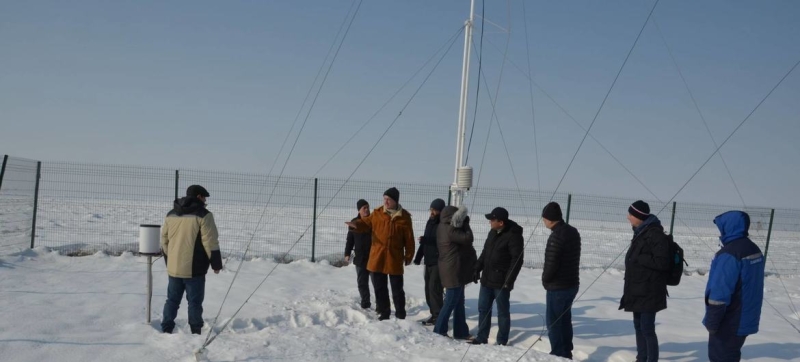
IAEA mission to Uzbekistan in 2023. IAEA helps modernize research reactor in Uzbekistan Sustainable Development Goals
There are currently over 220 research reactors in operation around the world. They are used, for example, to produce medical radioisotopes and conduct scientific work in various fields. However, these installations are aging: most of the world’s research reactor fleet has been in operation for over 50 years. With the support of the International Atomic Energy Agency (IAEA), countries are modernizing the reactors.
To this end, the IAEA develops and updates safety standards and provides expert assessments and advice. The Agency has adapted the Long-Term Operation Safety Aspects mission methodology, originally designed for nuclear power plants, to research reactors. These missions help identify areas for improvement and enhance safety and efficiency.
Expert mission to Uzbekistan
An example of the successful application of the methodology is the visit of IAEA experts to Uzbekistan in November 2024. The mission analyzed the operation of the country’s only operating research reactor, in the village of Ulugbek near Tashkent, to assess the level of safety of its operation. The Institute of Nuclear Physics of the Academy of Sciences of Uzbekistan uses the facility primarily to produce medical radioisotopes. The reactor was first put into operation in 1959.
Two IAEA staff members and three international experts from Canada, Pakistan and South Africa visited the site and associated facilities, reviewed documents and discussed technical issues with reactor management and operating personnel. The mission’s recommendations include the establishment of formal processes for periodic safety reviews and modification management, and a review of the ageing management programme in line with IAEA safety standards.
“During the mission, we noted the high quality of the discussions and appreciated the professionalism of the management and staff,” said Sun Kaichao, the head of the mission and an IAEA nuclear safety officer. He called for the implementation of the mission’s recommendations and the implementation of priority measures to continue safe operation. As a rule, the methodology involves repeat visits by experts. Uzbekistan plans to host such a mission in 2027.
In early December, IAEA Director General Rafael Mariano Grossi visited the Institute of Nuclear Physics during his trip to Uzbekistan. Grossi praised the research reactor for its long-standing contribution to isotope production.
Integrated Support
The IAEA also carries out peer review missions to assess the operation and maintenance of research reactors. These missions help optimize the use of resources and ensure efficient maintenance, and provide a platform for the exchange of experiences between international experts and local operators. Since 2012, such missions have been carried out in Bangladesh, Chile, the Democratic Republic of the Congo, Indonesia, the Islamic Republic of Iran, Italy, Poland, Portugal, Thailand, the United States of America and Uzbekistan.
The IAEA also organizes seminars and training courses to help staff update their knowledge and operational approaches. In this way, the Agency provides comprehensive assistance in the management of ageing research reactors. In this context, special attention is paid not only to technical aspects, but also to training of personnel and exchange of best international practices, which contributes to the global strengthening of nuclear safety and sustainable use of nuclear technologies.
